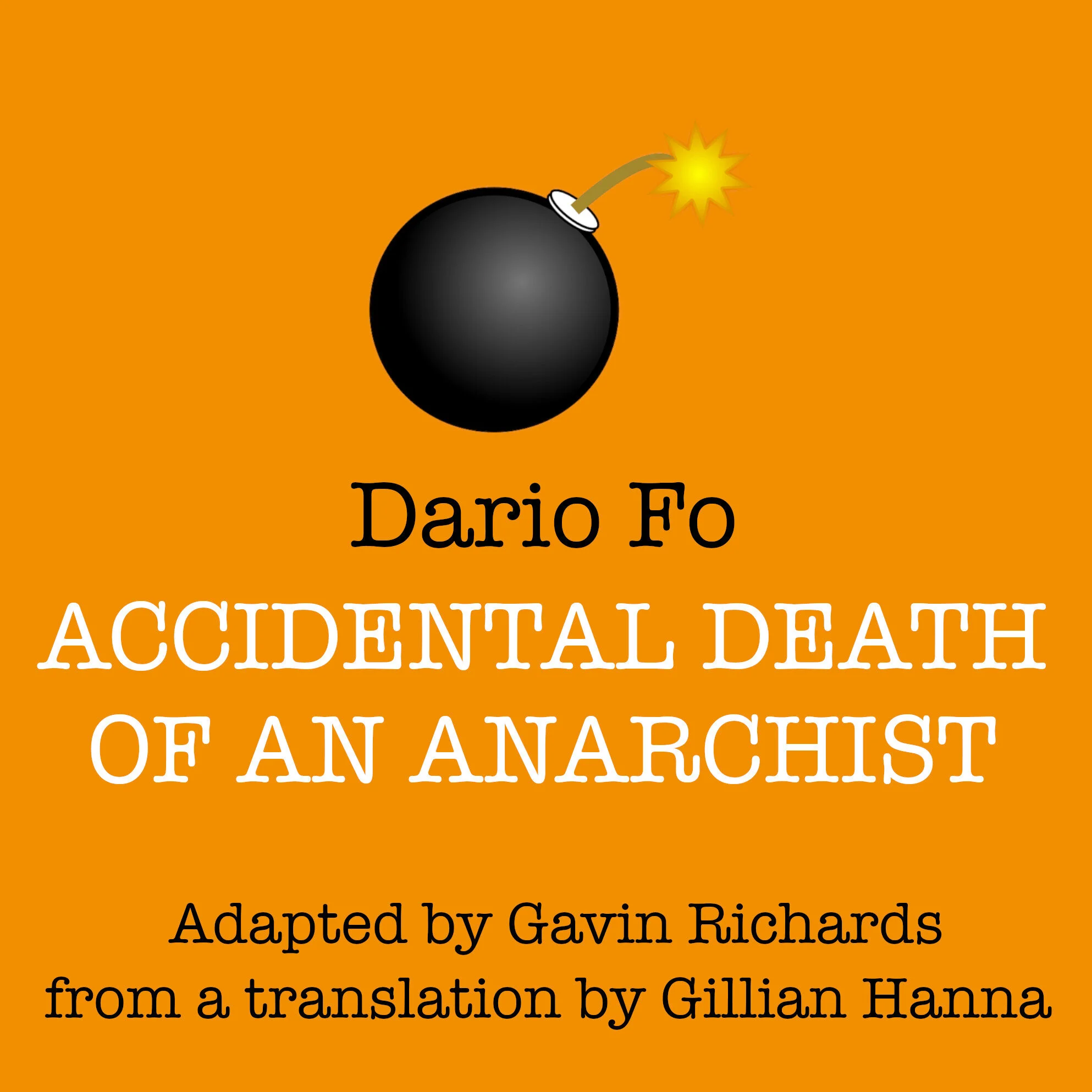‘Accidental Death of an Anarchist’
by Dario Fo
Practical exploration of key scenes, characters and comic farce techniques to enhance written responses. Ideal for:
Introducing the text
Embedding character studies
Focusing on stylistic and comic features
Pre-exam revision
“Cheryl is incredibly knowledgeable and skilful. Her session on Accidental Death of an Anarchist and Commedia was fantastic and I would highly recommend the company, for both staff and students.”
Participants will learn about:
Fo’s stylistic and political intentions and how these influence performance.
Grotesque characterisation, taking ideas from Commedia dell’Arte stock types, to create satirical farce.
Performing farcical character transformations, using levels of exaggeration.
How comedy can be created in key scenes through character partnerships, physicality, language and comic lazzi (physical gags).
Performance skills specific to comedy.
How to make the play accessible for a contemporary audience.
How to talk about the style and the comedy in sufficient detail in written responses.
“Cheryl did an online class with my students and it was brilliant! … It helped them to understand what they need to know about the key Commedia characters and the context of the play. She even got them on their feet in their bedrooms! They came away with great notes to help them with their study of the text and they were excited to continue working with the play.”
Level:
KS4 to Degree level
Duration:
1.5 - 6 hours
Online workshops can be delivered as 1 hour / 2 hours / 5 x 1 hour workshop series.
“Cheryl’s workshop was finely tuned to ensure no time was wasted within the intensive three hours. I highly recommend Cheryl for your students - it was invaluable and I look forward to inviting her back next year”
It is well-documented that Fo was heavily influenced by Commedia dell’Arte, frequently modelling himself, in role, as a Harlequin-type character in his productions. This play is not a commedia dell’arte piece however, the characters do bear semblance to several of the stock character types from Commedia and study of these stock types can aid the student’s understanding and ideas for rehearsing as a director or actor and can also feed into design ideas too. Students will experience an intense participatory session whatever duration of workshop:
1.5 - 2 hour workshop:
Character study using animals, tension states and Commedia dell’Arte stock types to encourage students into their bodies and to allow the characters to leap from the page so that the comedy can be seen, heard and experienced.
Experimentation with key moments from the play to practically experience how comedy can be created through comic devices, character interactions and characterisation.
Developing the language of farce, satire and commedia needed for writing at greater depth.
3 - 4 hour workshop:
All the above covered in greater detail, plus also:
Exercises to develop ensemble complicité, to further stretch capacity for exaggeration and to discover the playfulness at the core of the farcical form.
Several key sequences and scenes will be explored, analysing how comedy can be created through comic devices and characterisation.
Exploration of staging and design elements to enhance the comedy and deepen student appreciation of farce.
5 - 6 hour workshop:
All the above covered in greater detail, plus also:
Deeper exploration of the character contrasts, relationships and comic techniques through specific scene study.
Extending the language through directing each other in sequences created from and around the text.
Online workshops:
The physicality of the characters will be demonstrated and discussed inviting participants to join in. This enables learners to understand the comic contrasts and exaggerated performance requirements of farce.
In 1 hour, the main male characters can be discussed and explored in some detail. In 2 hours, all characters can be covered with an exploration of specific scenes and lazzi (physical gags). In a 5 x 1 hour series, each session can take a different focus - this could be a different character each session or this could be a cumulative series deepening knowledge of characters, comic devices, scene work, staging, relationships and collaborative direction.

